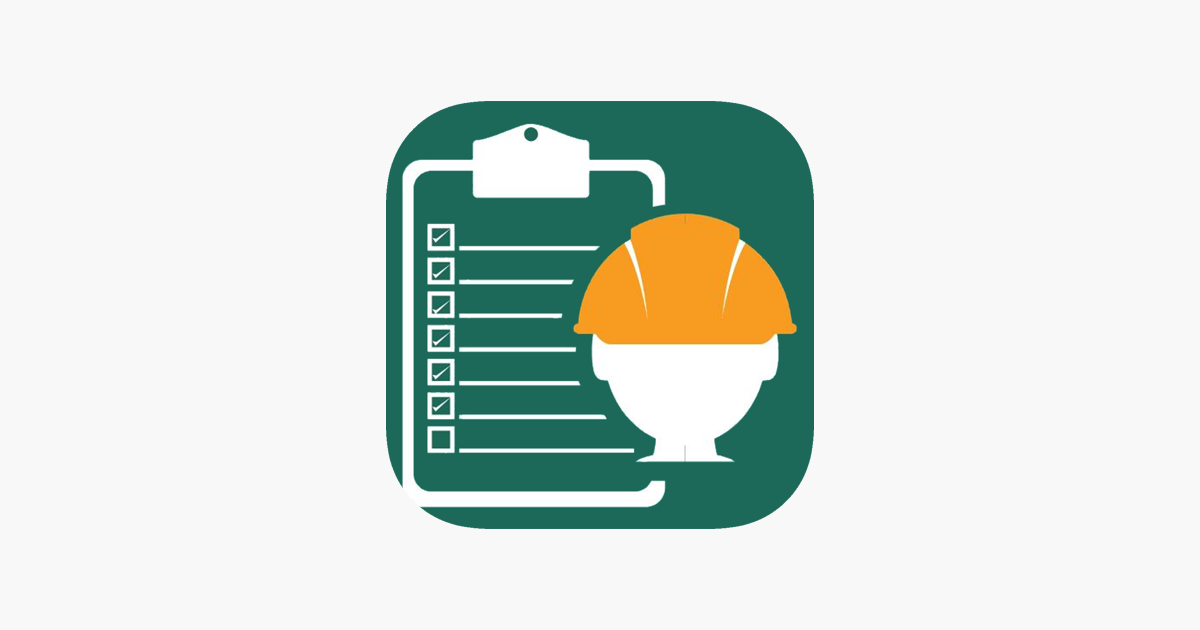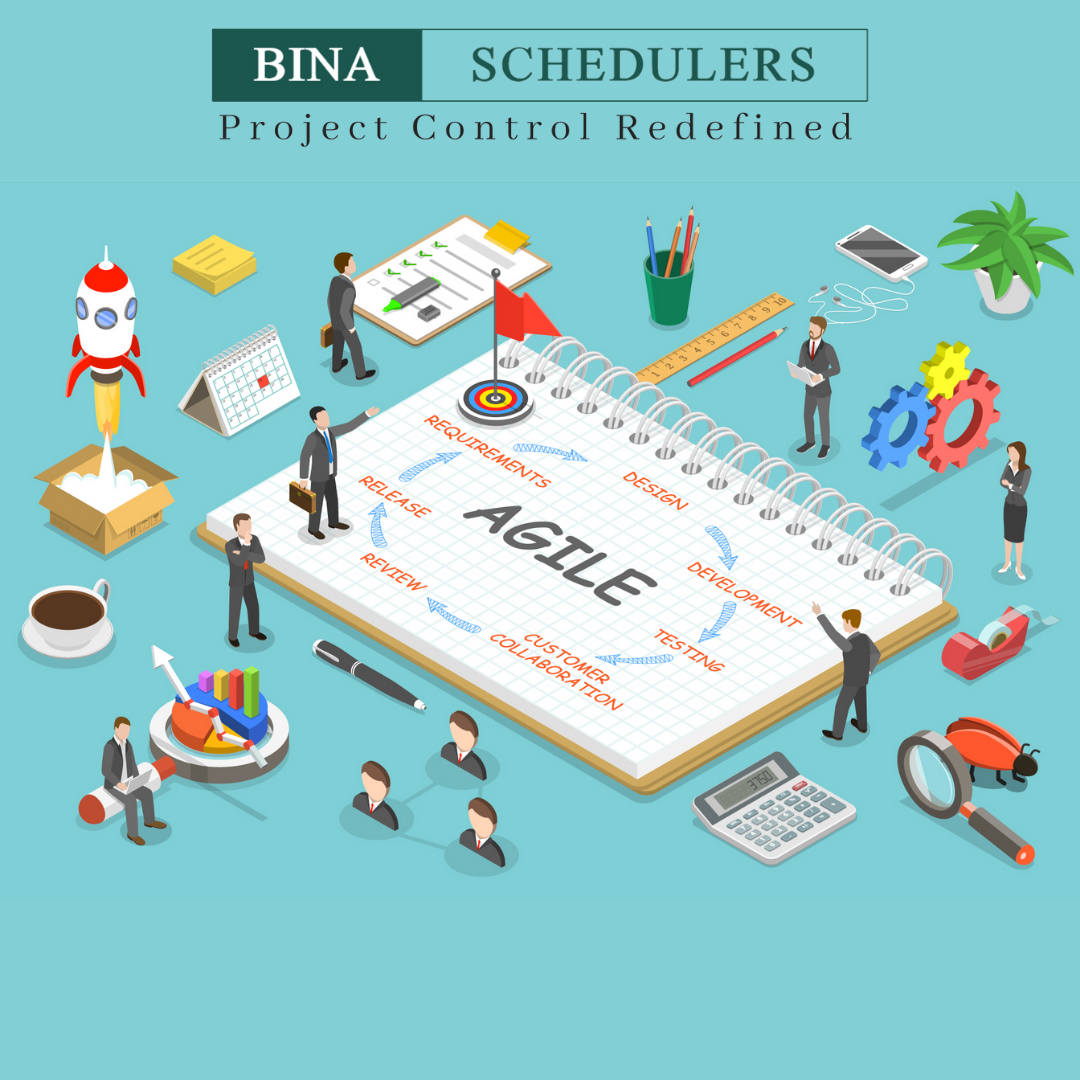
Managing a construction project impacts the project; If done correctly, it is completed on time and budget, but if done incorrectly, it calls for rework and that brings up additional costs. That is why there are courses and apprenticeships to completing a successful project, that all project managers should know. In this article, we have summarised the 9 steps project managers should take to manage a construction project:
1. Develop a Project Road-Map
Developing a road-map is the very first step a project manager should take in starting a new project. A common misunderstanding is that a project road-map is a definitive plan for how the project will commence; However that isn’t quite it. A project road-map is an overview, to gain a better understanding of what needs to happen in order to build a true schedule. It is also a good way to set out the performance metric, before the project actually takes off. This can help the project manager determine if a project is on or off schedule.
2. Defining Roles and Responsibilities.
The second step in managing a construction project, is to fully define the roles and responsibilities of the stakeholders involved, as well as project team members. This determines who approves what, in the process of the project. There are stakeholders within a construction project who might not be key in approving specific areas of the project; as well as others who need to give their approval for all parts of the plan. Once these roles and responsibilities are defined, it is easier to put the plan into motion.
3. The Total Stakeholder Meeting
This next step is an important one in construction project management. Calling a stakeholder discussion is where more of the plan starts to come together. It is a great place to ensure that everyone knows what’s going on, what’s required of them, what’s to come and project managers can answer any questions that arise. This meeting is about team building as much as it’s about creating the organisation. It ensures the necessary subgroups are created and builds a coherent project vision. This kickoff meeting is a compulsory step in project management.
4. Setting Scope and Baselines
Setting the project scope and baseline, into writing, is the next step in construction project management. The scope is set in order to ensure everyone involved knows exactly what to do. Setting a scope also limits the amount of scope creep in a project. Scope creep in project management refers to changes, continuous or uncontrolled growth in a project’s scope, at any point after the project begins. Ensuring the scope creep in writing makes it a contractual obligation on all parties, and easier to reference in terms of payment. The project success and payment rates depend on the baseline and deliverable of the project.
5. Scheduling
This is where the project starts to take shape. One of the most important steps in construction project planning is developing a schedule that everyone agrees on. Project scheduling is the appointmentship of resources and materials as well as listing of a project's milestones, activities, and deliverables, usually with intended start and finish dates. The project manager must identify all the mentioned necessary parts and steps, and work around them to form a legit project schedule. When the schedule is created it just has to be sent out for approval and understanding.
6. Developing the Modification Process
Project managers should not overlook this next step, as it is an incredibly important one; developing a modification process. Things happen, changes must be made, and in construction that can mean hundreds or thousands of dollars. The modification process helps key stakeholders know where to send changes and the appropriate response time to make those additional changes. This is a prevention of losing change orders. It really does benefit the project when the process for modification and change requests are made earlier on in the project. It creates a chain of command, a review process and approval process before they are needed.
7. Developing and Implementing the Quality Plan
Quality control is probably one of the most important elements of project management. It is best to come up with a quality assurance plan at the beginning stages of project planning, to ensure good project health. Fix frequent inspections. Not only does it ensure the quality of work and quality of material, it prevents last-minute rework from the final inspection. Projects that undergo more frequent inspection require less rework since they know which fixes are relatively quick or inexpensive.
8. Developing a Communication Plan
This next step is the most impactful one in managing a construction project; Developing a communication plan. The communication plan details who is the appropriate point of contact given a situation. It ensures that the key stakeholders aren’t being distrubed and contacted for small issues, and the correct person is contacted when needed. A well defined communicated plan also helps define the structure for issue escalation. Everyone knows who to escalate a problem to, and when it’s appropriate to do so.
9. Review
The last step is one right before the construction process takes place; that is reviewing all the plans and documents with key stakeholders. It is the last chance a project manager has to ensure that the current project is on time and budget, and that everyone understands the schedule and plans. It is crucial as questions and uncertainties of key stakeholders are answered before the project starts officially. This is also a good time to go over procurement and ensure that the right parties understand what needs to be purchased and by when. When everyone has a clear vision of the project, it is a good time to start construction.
10. Construction
The role of the project manager changes as construction starts. There are still responsibilities in managing the construction project, but now the project manager looks at the project progress using key indicators established earlier. Staying on top of the project performance, key indicators and communication makes it easier to stop a project from failing. At this stage, it is important to make sure payment schedules are set up and working correctly. The final step of managing a construction project is ensuring that the owner’s requirements have been met while they take ownership.





























